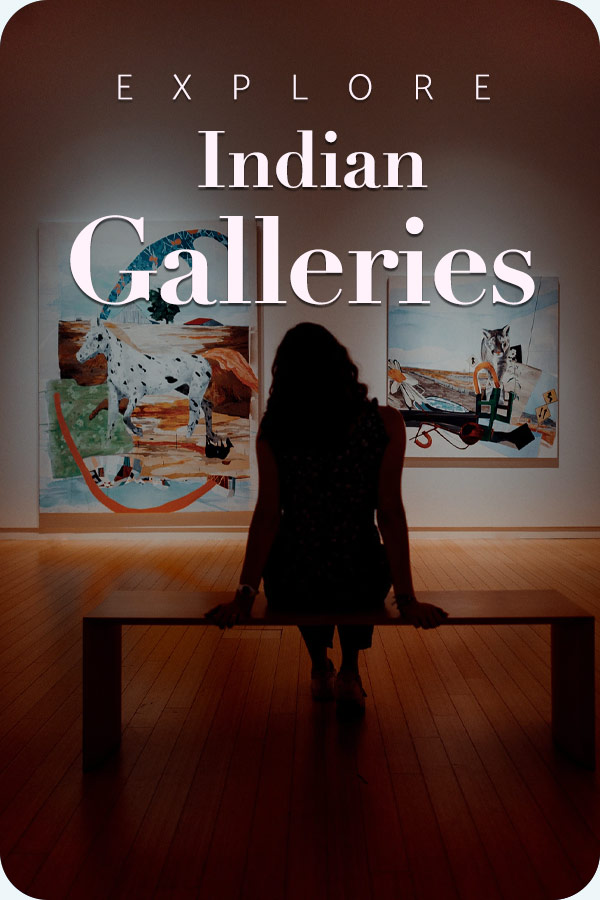
The belly dance is one of the most popular social performances whose history can be traced back to the 1920s when Egyptians converted this to a form to be presented on stage for an Oriental audience. Owing to its adaptability, it is one of the most widely practiced art forms worldwide. In India, the Nrityakosh dance company (based in Bangalore), established in 2017, by Debapriya Das, had a vision of introducing this dance form to an Indian audience, in a manner which created an association with the native culture without compromising the true spirit of belly dance.

Debapriya is not only a professional dancer and instructor trained in Bharatanatyam, Kathak, Ballet, Flamenco and contemporary dance, but also holds a master’s degree in Economics and has worked as a researcher for a leading India-based think tank in the fields of poverty, sustainable development and climate change adaptation. She has also represented India in several international oriental dance festivals – ‘5th International NY Cairo Raks Festival’, New York, ‘Cairo! 11th International Oriental Dance Festival’, Budapest, and ‘The 2019 Roma Tribal Meeting’, Rome. Debapriya is one of the principal dancers of Rhythmotion ensemble headed by Chitra Arvind and recently represented India at the Busan Dance Festival, 2018 which was funded by the Indian Council of Cultural Relations. Her specializations are Egyptian Oriental and Tribal Fusion Belly Dance, aside from being the artistic director of Nrityakosh. Debapriya’s work focuses on incorporating aesthetics from different dance forms into belly dance.

Some of Nrityakosh’s noteworthy works include Safar-E-Raqs, a theatrical belly dance production in collaboration with several independent belly dancers and theatre actors which showcases the adaptation of the form from the late 1970s to the present day through different cultures and audiences. In 2017 Nrityakosh explored the concept of the Bhava-Rasa theory of Natyashastra through belly dance in a collection of stories from the Ramayana as a part of a recital.
On 9th November Nrityakosh is set to present a production of belly dance, on the life of one of the most prolific poets of the Roma community – Papusza, at A.D.A. Rangamandira, Bangalore. It is a crowdfunded production as Nrityakosh has been able to raise 80% of the cost involved in staging. Romanis, popularly referred to as ‘gypsies’ in a derogatory manner, were an ethnic group that migrated out of Rajasthan and Punjab around 1,500 years ago. Papusza was a Polska Roma, a large ethno-subgroup in Poland. The Romanis were against female literacy and to this day, three quarters of Roma women are illiterate. As a female poet Papusza’s work was revolutionary and unheard of in the 1920s.

Debapriya comments, “Papusza’s life is both fascinating and tragic. She was a path-breaker, a female poet in a culture that deemed literacy ‘unsuitable’ for women. While her art made her the first Roma woman to be included in the Polish Literary Union, it also led to her being exiled by her own people.” Her poetry focused on poverty, impossible love, rootlessness, and life on the long road. After the Holocaust victimized the Romas along with the Jews, she wrote of their sufferings in war. “The production is the story of her relentless spirit and her quest for freedom to express herself through her art.” Debapriya added.

Since its inception, Nrityakosh has ventured to curate and convey through belly dance performances that are socially, culturally, and politically relevant, combining elements from storytelling and Oriental Dance vocabulary. In this regard Debapriya remarked, “In Papusza’s story, we find a tale that mirrors the story of the time we live in”, for it highlights the battles of artists who have been silenced for expressing themselves through their art.
Debapriya believes that “questioning and pushing cultural norms” is always the first tenet of art, and hence Papusza’s story is inspiring, for her bravery and belief in her art. This particular production shall employ several styles of belly dance and its fusion forms – Muwashshahat, Classical Egyptian oriental, Modern oriental, Hagallah, influences from American Tribal Style and Tribal Fusion. Certain pieces will also include Kathak, Flamenco, and contemporary vocabulary. Such varied styles and fusion forms of belly dance will be presented as a part of a production for the first time in Bangalore.







